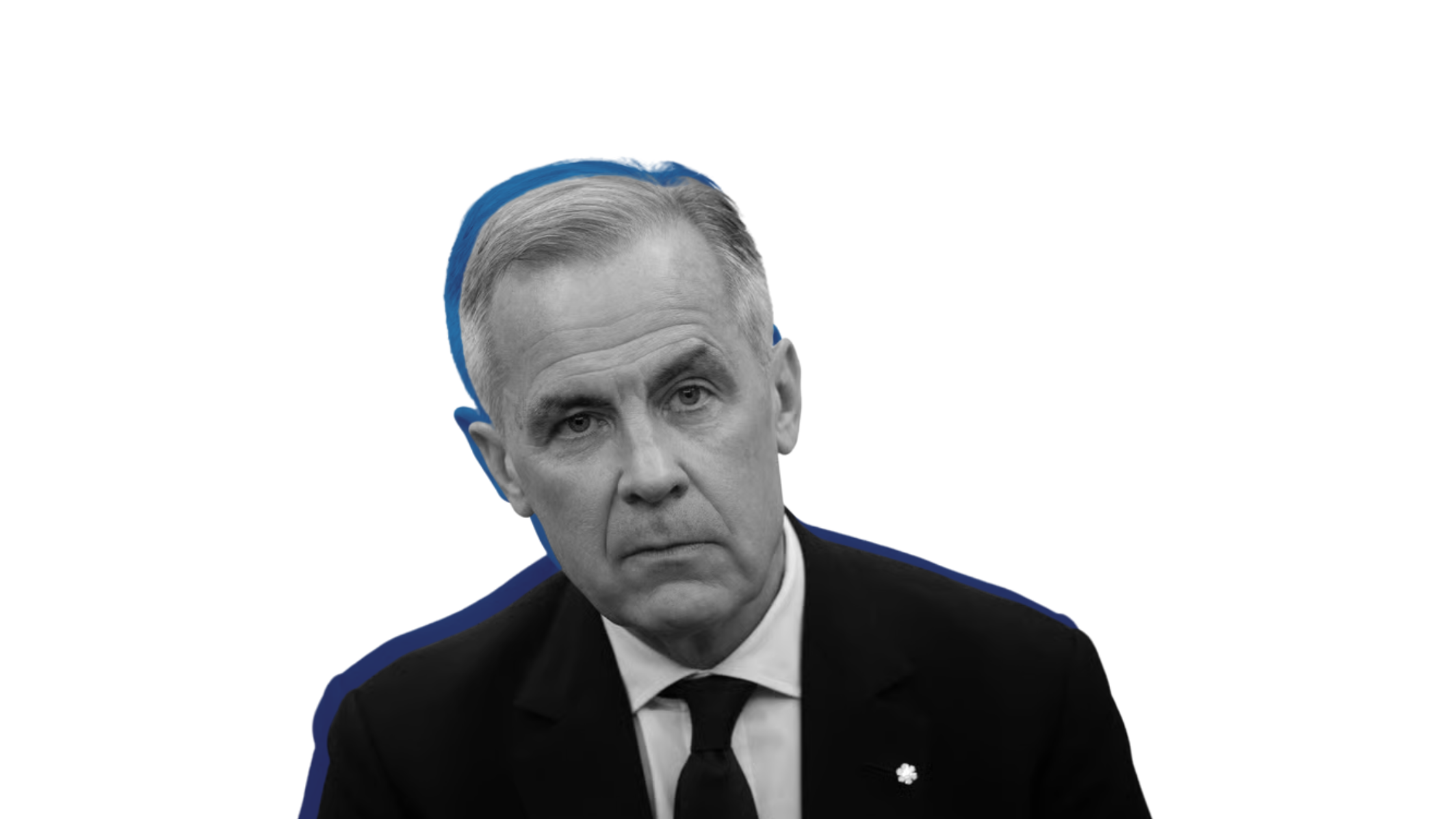What’s Next for Canada’s Economy Under Mark Carney?
After nearly a decade of Justin Trudeau’s leadership, Canada has entered a new chapter with Mark Carney at the helm. His election as Prime Minister signals a shift toward economically focused governance during a time of significant uncertainty—both domestically and globally. For business leaders, investors, and policy watchers, the key question is: What happens next?
Mark Carney, Prime Minister of Canada¹
Who is Mark Carney?
Mark Carney is a globally respected economist and former central banker with an extensive resume spanning Canada and the international financial stage.
Bank of Canada Governor (2008–2013): Steered Canada through the global financial crisis with stable monetary policy.
Governor of the Bank of England (2013–2020): First non-Briton to hold the post, where he managed Brexit-era financial risk and championed sustainable finance.
UN Special Envoy on Climate Action and Finance: Post-central banking, Carney focused on aligning global finance with climate goals.
Liberal Party Leader (2024–present): Carney re-entered public life in Canadian politics, winning the Liberal leadership on a platform of economic credibility and climate transition.
Carney brings a technocratic, data-driven approach to politics. He’s neither populist nor overtly ideological—traits that appeal to centrists and business communities alike. His deep understanding of global finance makes him uniquely positioned to steer Canada through the complexities of economic recovery, geopolitical friction, and structural reform.
Canada’s Economic Challenges
Carney steps into power during a time of significant headwinds, both at home and abroad. His government faces a delicate balancing act: Driving economic recovery while managing trade friction, inflation, social expectations, and climate commitments. Here's a look at the top challenges Canada is facing—and what we might expect next.
Escalating Trade Tensions with the United States
Following the re-election of U.S. President Donald Trump, Canada is facing renewed protectionist policies. In February 2025, the U.S. imposed 25% tariffs on Canadian imports (excluding energy, which faces 10%)². These measures are part of a broader effort to reduce the American trade deficit and crack down on border issues. Carney's government has responded with retaliatory tariffs and is accelerating efforts to diversify trade through agreements with Asia-Pacific nations and the EU. However, in 2024, Canada's domestic exports stood at $721.1 billion, with almost 76% destined to the United States³. Any prolonged disruption will significantly impact growth and business confidence.
Economic Slowdown and Rising Unemployment
Canada is in the early stages of a recession. The unemployment rate hit 6.9% in April 2025, a five-month high⁴. Over 1.6 million Canadians are jobless, and layoffs continue across sectors. In February, Canada's GDP fell by 0.2% after a 0.4% increase in January, mostly attributable to a steep decline of 2.5% in the mining, quarrying, and oil and gas extraction sector⁵.
Cost-of-Living Crisis and Housing Affordability
Affordability remains a major issue for Canadians. Housing prices remain high, while inflation and stagnating wages are straining household budgets. A common metric for measuring housing affordability is the average home price to disposable income ratio. As of 2024, that metric was 12.37 for Canada, compared to 8.98 and 7.66 for the U.S. and the U.K., respectively⁶. Some common reasons for this gap include restrictive zoning laws, high development fees, and rapid population growth. Prime Minister Carney has promised to build half a million homes a year to address this challenge⁷.
Interprovincial Trade Barriers and Infrastructure Investment
Internal trade barriers cost the Canadian economy $200 billion annually⁸. Carney has prioritized eliminating these frictions to strengthen domestic market efficiency. He selected Dominic LeBlanc to lead the One Canadian Economy initiative, which aims to eliminate interprovincial trade barriers⁹.
Strategic Outlook: What This Means for Canadian Businesses
Mark Carney’s arrival in office comes at a critical moment. With global headwinds, regional discontent, and domestic economic strain, his government must act quickly and decisively. The months ahead will be defined by how effectively he can manage trade disputes, stimulate growth, balance climate ambition with competitiveness, and maintain social cohesion.
For Canadian businesses, the coming years will demand adaptability and strategic planning. Policy shifts in trade, taxation, and energy will create both friction and opportunity. Firms that can navigate regulatory change, reassess cross-border exposure, and align with national investment priorities—particularly in infrastructure, energy transition, and technology—will be better positioned to thrive in a more volatile and competitive environment.
Sources

